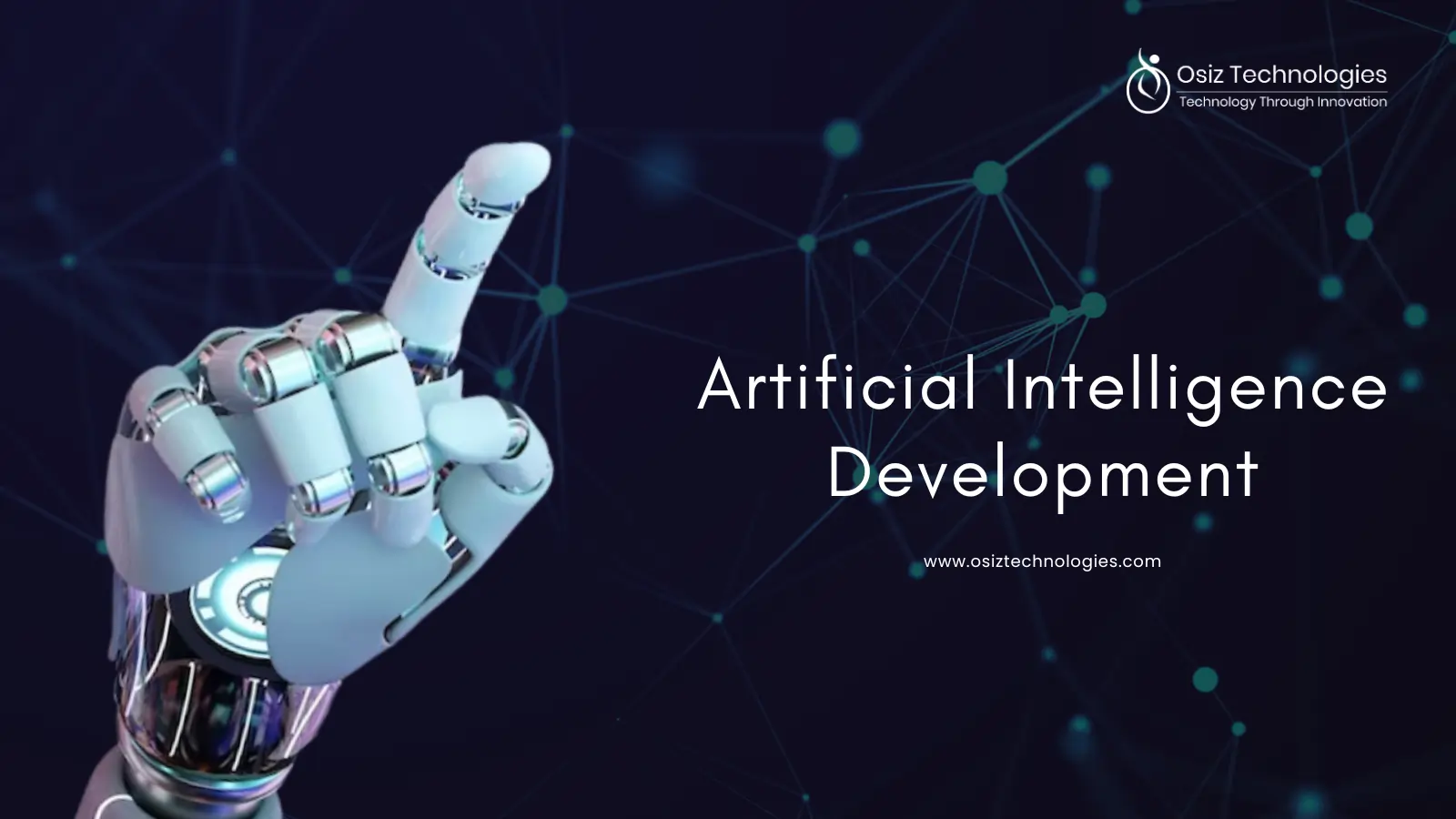What are Multimodal LLMs?
Multimodal LLMs, or Multimodal Language Models, are AI models that manage several types of communication such as text, speech, and images. They can comprehend and react to several kinds of information at once because they have strong neural networks and algorithms. Multimodal LLMs improve contextual awareness by integrating different modalities, producing responses that are more realistic and complex.
How do Multimodal LLMs Work?
Multimodal LLMs use many datasets, including text, image, and audio, to discover patterns and connections between them. The model learns all the communication modalities and how they are related through a comprehensive training process.
The model processes and analyzes bundled modalities using deep learning methods such as transformers. Neural networks such as transformers are very good at finding complex links and linkages in data. The multimodal LLM can produce replies across many modalities that are consistent and relevant to the situation given to these capabilities.
Why does multimodal LLM advance existing AI products?
Unimodal models, which are limited to processing a single modality input, frequently struggle to capture the complexities inherent in real-world data. Their weaknesses become evident when one considers the complex nature of information that includes a variety of modalities, including text, graphics, and audio. By contrast, multimodal LLMs show off their versatility by skillfully navigating and integrating many media.
How do GenAI and Multimodal LLM AI capabilities differ?
While GenAI and Multimodal LLMs both advance AI, there are differences between them in terms of capabilities and areas of study.
General artificial intelligence (GenAI) is concerned with general intelligence and seeks to emulate human intelligence in a variety of fields. It aims to solve problems and comprehend things genuinely. The goal of GenAI is to create AI systems with high levels of skill in a variety of modalities.
Multimodal LLMs, on the contrary, are experts in multimodal data processing and excel at particular tasks requiring inputs from various modalities. These models make use of the complementary information that each modality offers in order to improve performance, accuracy, and contextual learning.
Advantages of Multimodal LLMs in AI Technology
Enhanced Contextual Understanding
When visual inputs are integrated, multimodal LLMs perform exceptionally well in contextual understanding, allowing for more accurate and context-appropriate replies. These models assess visual cues, such as screenshots or photos, in chatbot scenarios to better understand user inquiries.
Improved Image knowledge
Multimodal LLMs fill the gap by smoothly combining textual and visual inputs, in contrast to standard language models. This development creates new possibilities for image-based jobs across multiple domains by enabling AI systems to evaluate, comprehend, and react to inputs that integrate text and pictures.
Semantically Rich Representation
To generate semantically rich text representations, multimodal LLMs leverage pertinent visual context. This allows the AI system to interpret underlying meanings, emotions, and intentions for more complex interactions and replies.
Transfer Learning Capabilities
The ability to use information from one activity to improve performance in related activities is a strength of multimodal LLMs. This reduces the need for intensive, task-specific training and increases the efficacy and affordability of AI development.
Top 10 Industry Applications of Multimodal LLMs
Healthcare and medical diagnosis
By combining textual reports, image analysis, and patient data analysis, multimodal LLMs have the potential to completely transform medical diagnosis. Multimodal LLM-based AI systems can diagnose patients quickly and accurately, assisting medical personnel in making decisions.
Autonomous vehicles and transportation
Autonomous vehicles rely on multimodal LLMs to collect data from multiple sensors, including radar, LiDAR, and cameras. Contextual comprehension, object detection, and safe and dependable navigation are all made possible by this combination of several modalities.
Virtual and augmented reality
Multimodal LLMs generate and interpret natural language, identify objects and scenes from photos, and provide real-time contextual information to improve the immersive experience in virtual and augmented reality applications.
Media and entertainment
For media and entertainment platforms, multimodal language models (LLMs) are crucial to content recommendation algorithms. To improve user engagement and personalize recommendations, these models examine textual descriptions, image and video content, and user preferences.
Security and surveillance
Multimodal LLMs analyze and interpret text, video, and audio data to allow efficient security and surveillance systems. These models can recognize suspicious activity, spot anomalies, and send out real-time notifications to stop possible dangers.
Customer service and chatbots
By comprehending and answering client inquiries over a variety of media, including text, audio, and graphics, multimodal LLMs improve the customer support experience. Customer satisfaction increases as a result of these models' more organic and contextually appropriate interactions.
Natural language processing and understanding
Through the integration of various modalities, multimodal LLMs increase natural language processing and understanding. Machine translation, sentiment analysis, and speech recognition are just a few of the uses for these models' accurate human-like text generation and interpretation.
Image and video analysis
Multimodal LLMs are quite good at tasks like object detection, scene comprehension, and caption creation in image and video analysis. These models give precise and thorough analysis of visual material by merging textual and visual data.
Sentiment analysis and brand monitoring in social media
By interpreting both the written descriptions and the visual aspects of products, multimodal LLMs allow e-commerce platforms to provide more precise and customized product recommendations.
Fraud detection in financial services
To improve fraud detection systems in the industry, Multimodal LLMs analyze both textual and visual data to find patterns and abnormalities that point to fraudulent activity in financial transactions.
Finally, Extending the boundaries of innovation has become possible for us as an AI development company like Osiz Technologies, owing to the promise of Multimodal LLMs. Extensive learning models are essential for the smooth integration of many data modalities, such as text, voice, and images, which leads to the creation of accurate and comprehensive AI systems.
With Osiz innovations, discover modern innovations! Keep up with the most recent developments in Blockchain Development, Crypto Exchange Development, and Metaverse Development to stay up to current on new concepts.
Listen To The Article
Recent Blogs

X-Mas 30%
Offer











